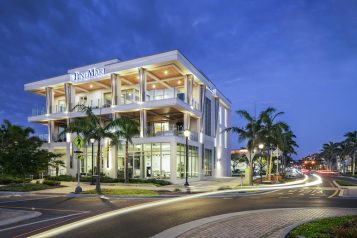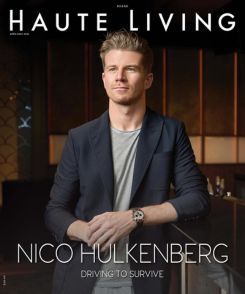Though it might surprise some to hear it, New York is actually quite a conservative market for cosmetic surgery. I have colleagues in California, Florida, Texas, and various other parts of the U.S., and while each place has its own distinctive flavor, New York remains fairly conventional. That is not to say that New Yorkers are opposed to the idea of having a facelift, they just don’t want to look like they have had one. Many of the patients that I have worked with would rather stay as they are than have someone perceive them to look over-pulled or over-tightened. Therein lies the challenge for any conscientious cosmetic surgeon—finding that perfect balance between giving someone a result where they look refreshed and natural versus looking abnormal and overdone.
There are two important aspects to consider in achieving such a balance. Part of it lies in the artistic eye of the surgeon, while part of it is a tactical component. When I was an undergraduate at NYU, I majored in art history, learning the essentials that strengthened the foundation of my career today. All surgeons bring their own background to the operating table, and it was through studying art that I learned the fundamentals of aesthetics.
From a technical standpoint, a surgeon must be able to execute that perfect aesthetic that he or she envisions, in addition to keeping current with the new techniques governing the trends of the times. For example, in years past, the common method for eyelid surgery involved removing fat and skin, but now we understand how that technique can result in a hollow eye. Modern advances mean that specialists are now performing this surgery by tightening the lid, filling it, or repositioning the fat, while never actually changing the orientation or position of the eye. I find that readjusting is a much better alternative than simply removing fat because it plays a vital role in the overall appearance of the volume of the face.
I have witnessed a similar evolution of surgical techniques when it comes to rhinoplasty surgeries, which are another unique marker of the signs of the times. If one were to compare the results of this type of surgery from the 1970s to the common look that we see in 2009, the difference is quite remarkable. Decades ago, the desirable look was a turned up nose that appeared somewhat over-affected. I attribute this in part to the idea that evidence of cosmetic surgery often served as an indicator of one’s social status. In today’s modern society, no one wants to undergo rhinoplasty surgery and look like they have had their nose done, so again, determining that perfect balance is crucial.
In addition to the cosmetic nature of enhancing one’s look through surgery, I am also passionately involved facial reconstructive surgery. Because I have spent my career specializing only in the face, I find that the cosmetic surgical work I perform in my private practice on Fifth Avenue is the perfect complement to my role as director of facial plastic and reconstructive surgery for the Department of Head & Neck Oncologic Surgery at Beth Israel Medical Center in Manhattan. In addition to being extremely gratifying for me on a personal level, I also believe that the work I perform in cancer reconstruction dovetails nicely with the cosmetic surgeries that I perform.
While the majority of my practice is dedicated to facial surgeries, working with many of the newer injectibles like Botox and Dysport offers patients a convenient alternative to surgery. These treatments can be administered during an office visit and allow the patient to return to a normal daily routine with little or no downtime. Volumizing products like fat injections, Restylane, Juviderm, and Radiesse have also hit the marketplace in recent years, awarding patients and specialists many alternatives in delaying the need for certain cosmetic surgeries.
Today’s advances in cosmetic surgery have certainly come a long way, and the myriad of options in treatments and surgeries are leading the industry in providing the most natural results to discerning patients.
Warmest regards,
Marc S. Zimbler, MD, FACS
990 Fifth Avenue
New York, NY 10075
212.570.9900
www.marczimblermd.com


















